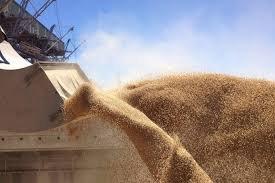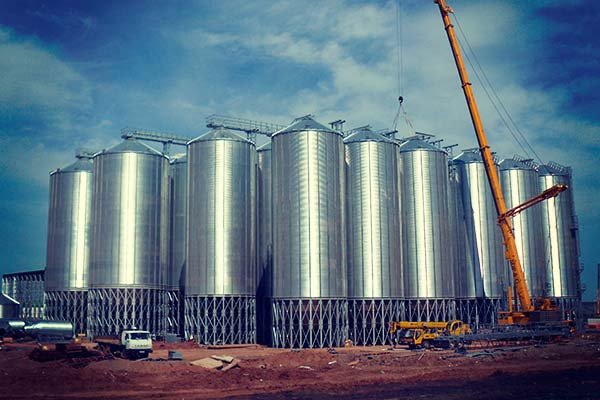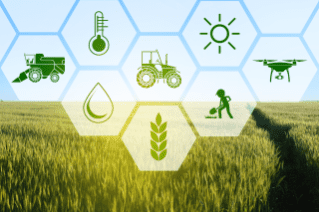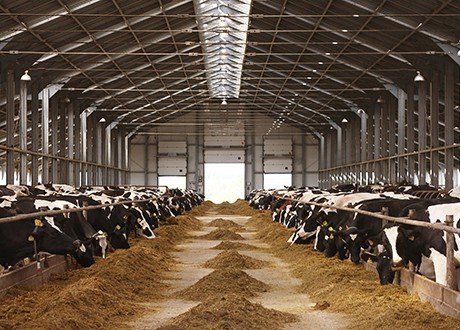AOAC INTERNATIONAL announces ‘New Analytical Test’ for lactose in milk
Test is designed to allow producers to test individual batches on-site, optimize their production process, and potentially speed time to market for a fresher product available to consumers.
AOAC INTERNATIONAL food safety experts have adopted a new analytical method for measuring low levels of lactose in milk as a First Action Official Method of Analysis℠.
Measuring trace levels of lactose accurately is technically challenging and can increase costs for dairy producers because time-consuming testing processes effectively shorten shelf life. As European and North American regulations have revised downward the levels of trace lactose that can be labelled “lactose free,” the technical challenges have increased. The new method, which employs the proprietary LactoSens® test kit, was developed as an alternative to the standard reference method using high-performance anion exchange chromatography, a technically complex technique which is mainly performed at external accredited laboratories.
“The biggest advantage of the new method is it is easy and fast; and now with AOAC validation, it is demonstrated to be accurate,” said Christoph Sygmund of DirectSens, authors of the method. The 6-year-old Austrian technology company worked closely with European dairy producers to develop the method and meet the need for a more streamlined method of testing trace lactose.
“The new method can be performed in under five minutes and does not require advanced technical training,” added Sygmund. “It was designed to allow producers to test individual batches on-site, optimize their production process, and potentially speed time to market for a fresher product available to consumers.”
The LactoSens® biosensor assay kit uses an optimized enzyme, which is immobilized on a test strip. The enzyme oxidizes the lactose in the sample and generates electrons that are detected and measured directly by a potentiostatic reader, after which software converts the measured current into a quantitative result of lactose concentration. Each test strip is labelled with a QR code for sample tracking and lot-specific information and a ready-to-use positive control is provided for quality assurance and calibration check.
The new method, entitled “Determination of Lactose in Low-Lactose and Lactose-Free Milk, Milk Products, and Products Containing Dairy Ingredients – LactoSens® Amperometry Method,” was adopted for Official Methods of Analysis First Action status during a meeting of the AOAC INTERNATIONAL Expert Review Panel for Low-Lactose Methods on January 15, 2020.
“We got very good feedback from AOAC,” said Elisabeth Halbmayr-Jech of DirectSens. “It was a long but very collaborative process. The Expert Review Panel was very scientific – they examined all the reviewers’ comments, even the minor ones, very thoroughly.”
The method was evaluated against AOAC INTERNATIONAL’s Standard Method Performance Requirement (SMPR®) 2018.009, which details the requirements for testing mono- and di-saccharides in milk, milk products, and products containing dairy ingredients that are low-lactose or lactose-free.
Official Methods of Analysis of AOAC INTERNATIONAL are microbiological and chemical analysis procedures that have undergone rigorous formal validation by AOAC INTERNATIONAL. After a two-year tracking period, “First Action” methods are reviewed for approval as “Final Action” methods, which are published in the Official Methods of Analysis of AOAC INTERNATIONAL, a globally recognized standards resource for analytical scientists.
Test is designed to allow producers to














